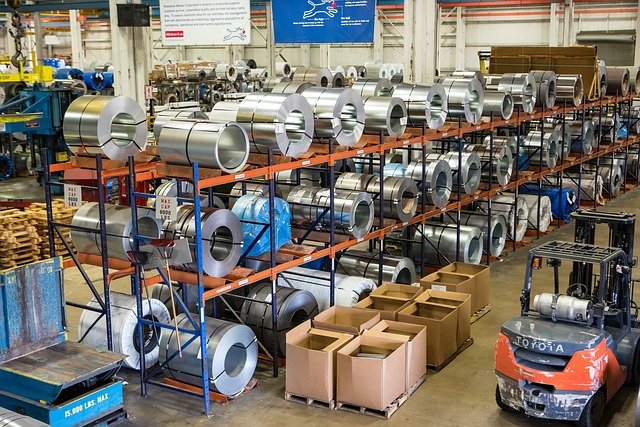Sustainable Material Choices for High-Volume Production
Sustainable material selection is a practical component of scaling industrial production without compromising cost control, regulatory compliance, or product performance. This article outlines material strategies, procurement considerations, and operational adaptations that enable high-volume manufacturers to reduce environmental impact while maintaining throughput and reliability.

Sustainable Material Choices for High-Volume Production
High-volume production demands materials that combine consistency, cost-efficiency, and regulatory compliance. Beyond those basics, choosing sustainable inputs requires coordination across procurement, manufacturing, logistics, and maintenance to ensure environmental goals do not disrupt operations. This article describes material options, practical trade-offs, and how digitization and analytics can support sustainable decisions across the supply chain.
Manufacturing: What material choices support scale?
High-volume manufacturing favors materials that are readily available, uniform in quality, and compatible with automation. For sustainability, consider recycled-content polymers, alloys with higher recyclability, or mono-material designs that simplify downstream separation. These choices reduce lifecycle impacts but may require validation of mechanical properties and adjustments to process parameters, such as molding temperatures or tooling tolerances, to maintain yield and throughput.
Sustainability: How to measure environmental impact?
Select materials with transparent environmental footprints: suppliers that provide environmental product declarations (EPDs), recycled content certifications, or cradle-to-gate life-cycle assessments. Use footprint metrics—embedded carbon, water use, and recyclability—to compare alternatives. Analytics platforms can integrate procurement data with EPDs to quantify trade-offs between material choices and operational energy use, helping prioritize options that lower total environmental impact without degrading product function.
Procurement: How to align sourcing with sustainability goals?
Procurement teams should define clear specifications for recycled content, chain-of-custody, and acceptable manufacturing processes. Long-term contracts with verified suppliers increase supply stability for recycled or certified materials. Include quality tests and sample qualification in purchase agreements to avoid production disruptions. Collaboration between procurement, operations, and engineering ensures sourced materials meet performance requirements and are compatible with existing automation and inventory strategies.
Supplychain: How do logistics affect material sustainability?
Logistics choices influence the overall sustainability of material selection. Locally sourced or regional suppliers reduce transportation emissions and lead times, while consolidated shipments and optimized inventory levels lower freight impacts and storage costs. Plan for reverse-logistics if choosing reusable or take-back materials. Visibility tools and inventory analytics help balance carrying costs with sustainability objectives to prevent shortages or overstock.
Digitization and analytics: How can data guide material decisions?
Digital tools enable scenario modeling that compares material costs, energy use, and lifecycle impacts under different production volumes. Integrate procurement, production, and maintenance data into analytics platforms to identify correlations—such as how a polymer change affects cycle time or scrap rates. Predictive analytics can also flag when maintenance or process adjustments are needed after material changes, reducing downtime and preserving throughput while transitioning to more sustainable inputs.
Energy and maintenance: What operational changes are needed?
Sustainable materials can alter energy requirements and maintenance intervals. For example, higher-recycled-content plastics may require different drying profiles or higher mold pressures, affecting cycle energy. Metals with different thermal properties may change machining parameters and tool wear. Work with maintenance and operations teams to update preventive maintenance schedules, monitor energy use, and retrain staff to manage new material behaviors safely and efficiently.
Conclusion
Choosing sustainable materials for high-volume production is a multidisciplinary challenge that spans procurement, manufacturing, logistics, and analytics. Prioritize materials with verified environmental credentials, plan for process validation, and use digitization to manage trade-offs between performance, cost, and environmental impact. With coordinated changes across operations and supply chain, manufacturers can scale sustainably while maintaining reliability and compliance.





